If you want to grow your vegetables indoors and are unsure how to proceed, you should consider a hydroponic vegetable garden. Hydroponic vegetables are crops cultivated without soil, utilizing nutrient-rich water solutions to deliver essential nutrients directly to the plant roots. Instead of traditional soil-based cultivation, hydroponic systems employ various substrates like perlite, coconut coir, or rock wool to support plant roots.
In this guide, we’ll show you everything about hydroponic vegetables, starting from what veggies are best for indoor hydroponic, to a step-by-step guide on building a hydroponic vegetable garden indoors.
Table of Contents
Why Growing Vegetable Indoors with Hydroponics
The basic idea of hydroponics is to replicate the natural growing condition using a nutrient-enriched media instead of soil. This gardening method has proven to be effective in indoor growing by relying on nutrient-enriched water instead of soil to provide your vegetables with the nutrients they need to survive.
Hydroponics vs Soil: Is Hydroponics Better?
Growing organic vegetables hydroponically is faster and easier than growing outdoors. Hydroponics allows for controlled environments, enabling vegetables to grow throughout the year. It supports all types of vegetables and uses up to 90% less water. The best part? The cultivated vegetables are healthier and safer to eat because no pesticides or chemicals will influence growth or yield. You are also in complete control of how your plants grow.
What Vegetables Are Good for Hydroponics
You may be aware that most crops get cultivated with soil, but which vegetables can also perform well in indoor hydroponic growing? We’ve gathered 9 crops that are well-suited for growing in a hydroponic vegetable garden.
- Lettuce: Hydroponic systems are ideal for growing leafy greens and all types of baby leaves like lettuce, as they thrive in nutrient-rich water.
- Spinach: Similar to lettuce, spinach is well-suited for hydroponic cultivation, providing a continuous harvest of nutritious greens. The cultivation process of both lettuce and spinach should be within 30 days or less.
- Kale: This nutrient-dense leafy green can be grown hydroponically, ensuring a steady supply of fresh kale leaves. Thanks to its extensive electrical conductivity range, Kale is able to grow with other crops together and therefore bring you more abundant yields.
- Herbs (Basil, Mint, Cilantro): Herbs, such as the ones listed, grow exceptionally well in hydroponic systems, offering a convenient and space-efficient way to cultivate flavorful additions to your dishes.
- Tomatoes: Compact varieties of tomatoes, such as cherry tomatoes, can be successfully grown hydroponically.
- Cucumbers: Dwarf or bush cucumber varieties are suitable for hydroponic systems, producing crisp and refreshing cucumbers.
- Microgreens: Various microgreens, such as broccoli and sunflower shoots, can be cultivated hydroponically and are prized for their intense flavors and high nutritional content.
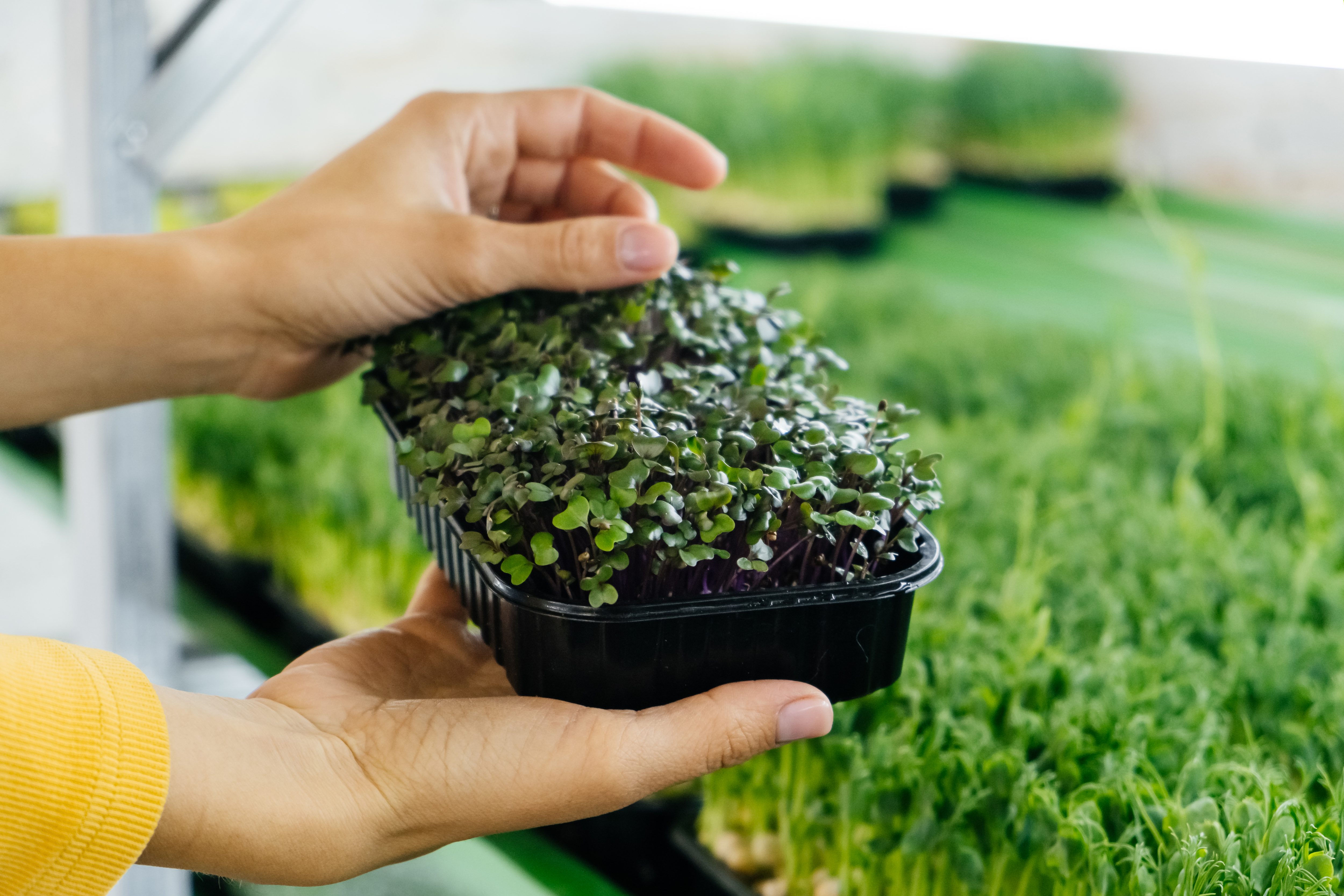
- Radishes: Radishes with a short growth cycle can be grown hydroponically, offering a quick turnaround for harvesting.
- Chard: Swiss chard is a resilient leafy green that can be grown hydroponically, providing a source of vitamins and minerals.
How to Grow Hydroponic Vegetables [2024 Complete Guide]
Step 1: Choose Your Hydroponic System - Spider Farmer Smart G12
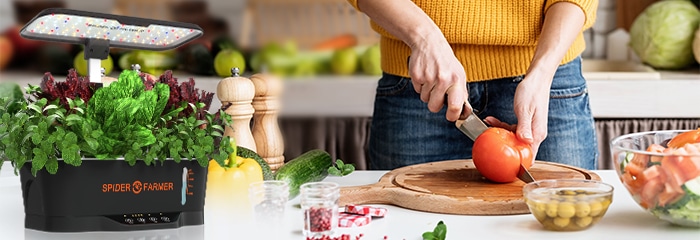
The first and most crucial requirement is setting up your indoor hydroponic grow system. Thanks to technology, we now have ready-made hydroponic systems that indoor growers can adopt to get started. One highly recommended option is the Spider Farmer Smart G12 Indoor Hydroponic Grow System. If you wonder why you should choose it, here are some top reasons:
Full Spectrum LED Grow Light: This hydroponic grow system features a full-spectrum LED grow light with four diode colors, including red, blue, white, and warm white. The light emitted by this system stimulates plant growth in a manner similar to sunlight. Fortunately, unlike sunlight, you have the flexibility to adjust the light's reach, intensity, and duration.
Faster Plant Growth: Hydroponics is renowned for boosting plant growth rates, and this system is no exception. It has ample space to accommodate up to 12 plants simultaneously. Equipped with a large water tank, a visual window, a drain hole, and an adjustable pump, it facilitates efficient water and nutrient supply to your plants.
Dual Grow Modes: Choose between two planting modes: vegetable and flower mode or fruit mode. The vegetable mode features the right light combination for expediting the growth of vegetables and non-flowering plants. The flower and fruit mode, with more red light, is tailored for optimal growth of fruits and flowers.
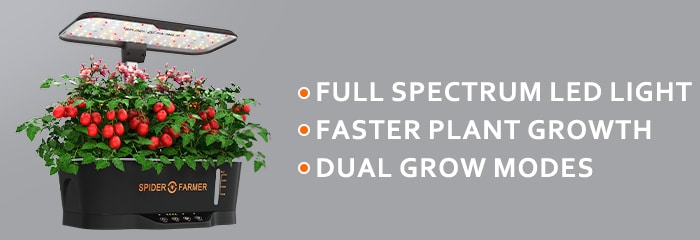
Smart, User-Friendly Design: Spider Farmer designed this indoor hydroponics grow system with the end-user in mind. Select from four timing cycle modes based on your preferences. The goal is to ensure optimal nutrient mixing with air and water, providing your plants with sufficient oxygen. The dimming function allows you to control the light amount. Additionally, the entire system is eco-friendly compliant, promoting the well-being of your plants and the surrounding environment.
Cost-effective Indoor Gardening Method: Rest assured that you are getting the best value when choosing this indoor hydroponic growing system. It is easy to assemble—no prior technical knowledge is needed. Moreover, it is easy to clean and maintain, making it a hassle-free solution for cost-effective indoor gardening.
Step 2: Gather Essential Equipment
Collect the necessary equipment for your hydroponic setup, including a reservoir, nutrient solution, pH testing kit, growing medium, pH adjusters, pumps, and grow lights. Since the Spider Farmer Smart G12 comes with a full-spectrum LED light, it surely simplifies the equipment gathering process.
Step 3: Select Vegetables for Hydroponic Growing
Choose vegetables well-suited for hydroponic cultivation, considering the Spider Farmer system's capacity for up to 12 plants simultaneously. Leafy greens, herbs, and microgreens are popular choices. Not sure which vegetable to grow? Refer to the previous section for inspiration.
Step 4: Set Up the Hydroponic System - Spider Farmer Assembly
Assemble and set up the Spider Farmer Smart G12 according to the provided instructions. This system is designed for easy assembly, use, and maintenance, making it suitable for both beginners and experienced growers.
Step 5: Prepare the Nutrient Solution
Mix the nutrient solution following the recommended ratios for your selected vegetables. The Spider Farmer G12 Hydroponic system ensures efficient nutrient delivery to your plants, with features like a spacious water tank and an adjustable pump.
Step 6: Plant Seedlings or Seeds
Start with healthy seedlings or seeds and place them in the growing medium within the Spider Farmer hydroponic system. With a visual window and efficient water supply, the system helps create an optimal growth environment.
Step 7: Provide Adequate Lighting
Light is the very essence of successful indoor growing. The Spider Farmer Smart G12 comes equipped with a full-spectrum LED light with four colors of diodes, allowing you to simulate natural sunlight. Adjust the light reach, intensity, and duration based on your plant's specific needs.
Step 8: Maintain the System - Spider Farmer Easy Maintenance
Regularly clean and maintain the Spider Farmer hydroponic system. The user-friendly design includes a dimming function for light control and ensures easy cleaning, making maintenance hassle-free.
Step 9: Harvest Your Vegetables
Once your hydroponic vegetables, nurtured by the Spider Farmer Smart G12, have reached maturity, carefully harvest them. Enjoy a continuous and energetic harvest of fresh and nutritious produce with this efficient and user-friendly indoor hydroponic grow system.
Conclusion
If you are considering an indoor hydroponic garden for your vegetables, The Spider Farmer Smart G12 Indoor Hydroponic Grow System should be your go-to gardening system. It has everything you need to begin and conclude a successful hydroponic vegetable growing indoors. It is also an excellent gift for anyone around you looking to get into hydroponics gardening.
FAQs about Growing Vegetables Hydroponically
Are Hydroponic Veggies Healthy?
If you are asking for the nutritional value, then there’s no significant difference in veggies grown with soil or hydroponic systems. However, if you are referring to the overall growth status, hydroponic vegetables can be exceptionally healthy, thanks to the decreased risk of soil-borne diseases and pests.
What are the 3 Main Disadvantages of Hydroponic Farming?
- Initial Cost: One of the main disadvantages of hydroponic farming is the initial setup cost. Hydroponic systems, especially advanced ones with features like automated controls and high-quality lighting, can require a significant investment. This cost can be a barrier for some individuals or small-scale growers.
- Technical Expertise Required: Successful hydroponic farming demands a certain level of technical expertise. Maintaining optimal nutrient levels, pH balance, and environmental conditions requires knowledge and monitoring. Beginners may face a learning curve, and mistakes in nutrient management can impact plant health.
- Dependency on Technology: Hydroponic systems rely heavily on technology, including pumps, sensors, and artificial lighting. Power outages or equipment malfunctions can disrupt the system and impact plant growth. This dependency on technology can be a vulnerability in certain situations.




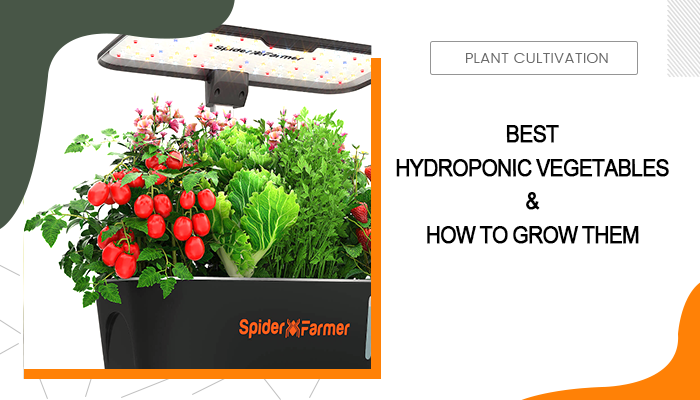
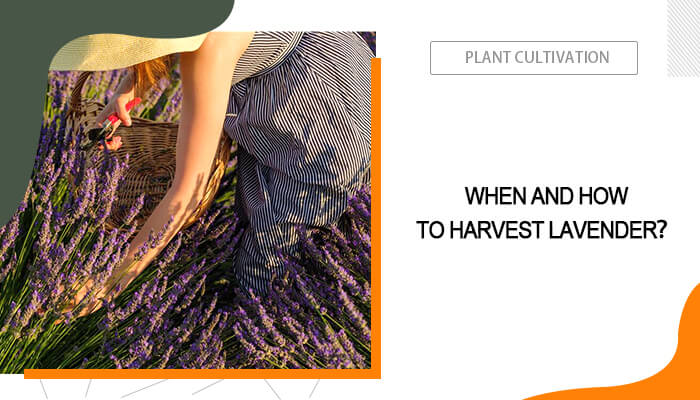

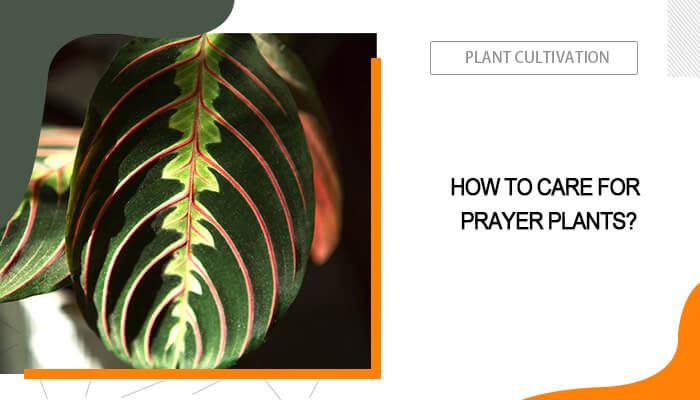

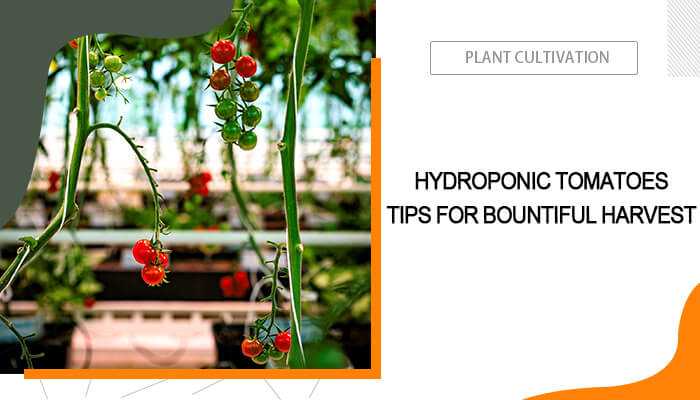
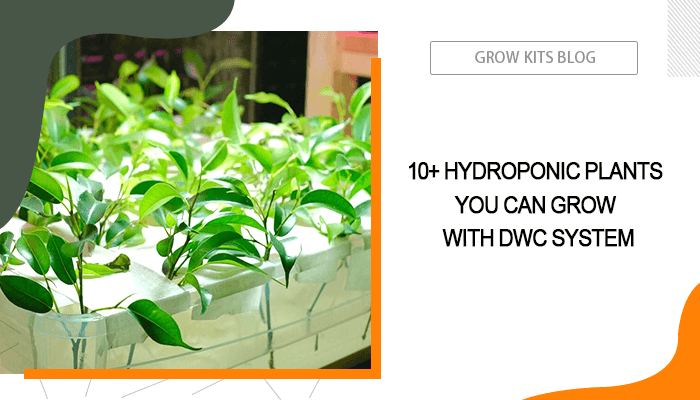
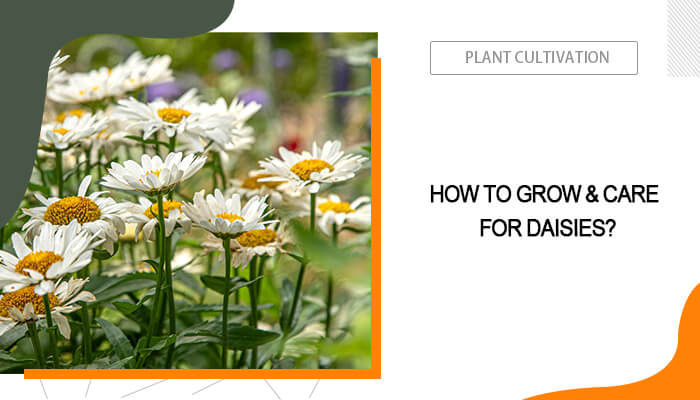
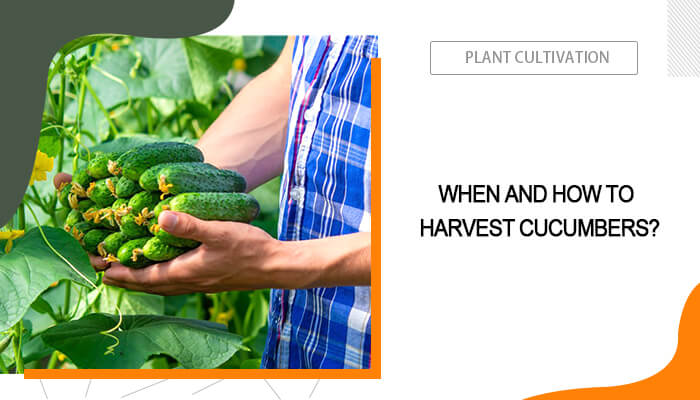
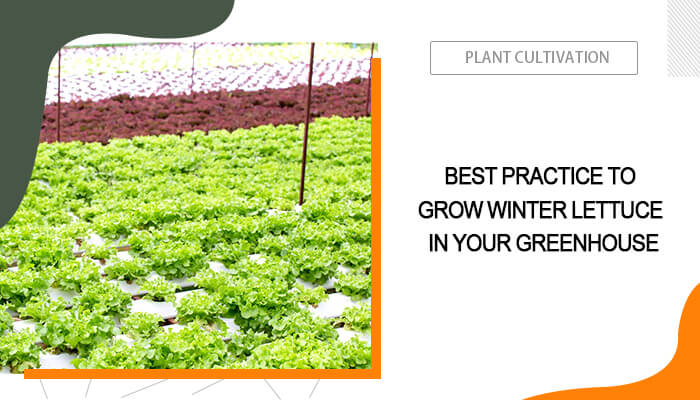
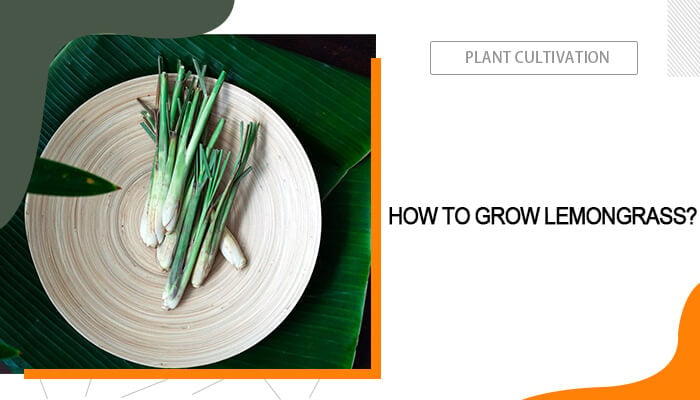
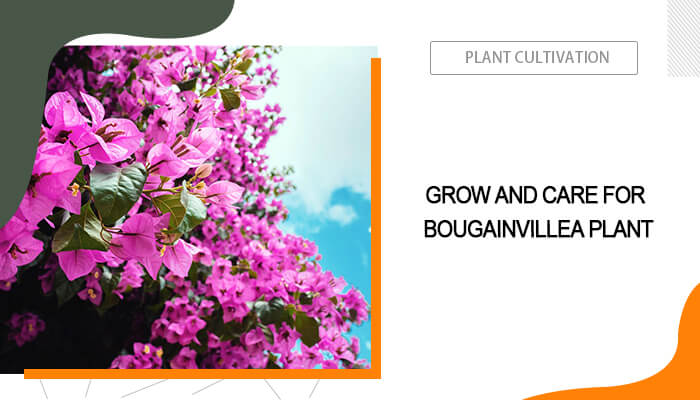
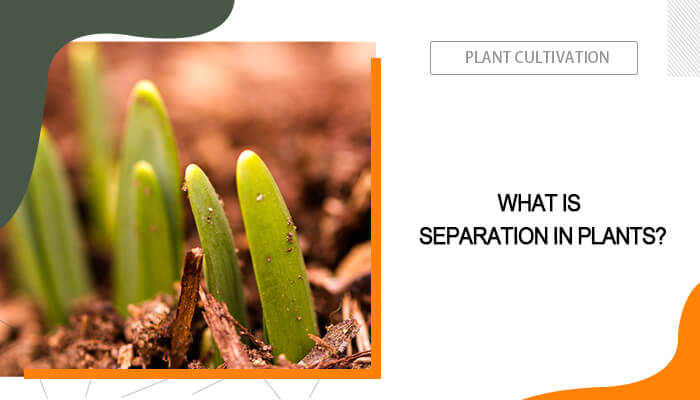


This would be an amazing addition for adding in fresh herbs for growing etc. ? I’m gonna have to look into one of these beauties for growing some fresh herbs to cook with ?